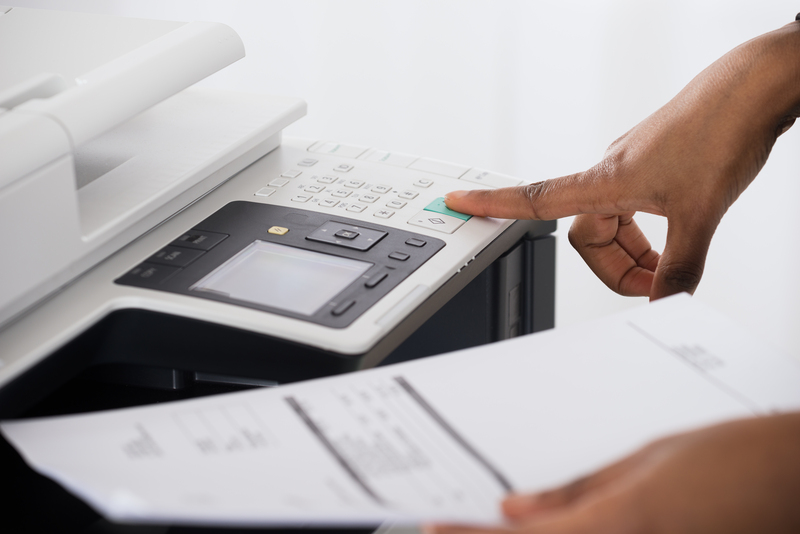What to Know About Glass Recycling
Posted on 13/05/2025
Glass recycling is a crucial process that contributes to environmental conservation and sustainable waste management. By converting waste glass into reusable products, we can significantly reduce the consumption of raw materials, lower energy usage, and diminish environmental pollution. This article delves into the various aspects of glass recycling, including its importance, the recycling process, benefits, challenges, and how you can contribute.
The Importance of Glass Recycling
Glass recycling has profound implications for environmental and economic sustainability. Here are some key points to understand why glass recycling is so important:
- Resource Conservation: Recycling glass reduces the need for raw materials such as sand, soda ash, and limestone. This helps preserve natural resources and minimizes the environmental impact of mining and quarrying activities.
- Energy Savings: The production of new glass from recycled glass (cullet) requires significantly less energy compared to manufacturing it from raw materials. Energy savings can be up to 30% because cullet melts at a lower temperature.
- Reduction of Landfill Use: Glass waste can take thousands of years to decompose. Recycling glass reduces the volume of waste sent to landfills, thereby conserving landfill space and mitigating the harmful effects of landfill leachate and greenhouse gas emissions.
- Economic Benefits: Recycling provides economic advantages by creating jobs in the recycling and manufacturing industries. It also helps companies save money on waste disposal and raw material costs.

The Glass Recycling Process
Understanding the glass recycling process can provide insight into how this practice conserves resources and energy. The process typically involves several key steps:
1. Collection and Sorting
The first step in glass recycling is the collection and sorting of glass waste. Glass can be collected through curbside recycling programs, bottle deposit programs, and drop-off centers. After collection, the glass is sorted by color (clear, green, and brown) because different colors of glass have different applications and cannot always be mixed.
2. Cleaning
Once sorted, the glass is cleaned to remove any contaminants such as labels, caps, and food residue. Proper cleaning ensures that the recycled glass is of high quality and can be effectively used in manufacturing new products.
3. Crushing
The cleaned glass is then crushed into small pieces known as cullet. Cullet size can vary depending on the intended use. Crushing glass into cullet makes it easier to handle, transport, and melt.
4. Melting
The cullet is mixed with other raw materials and melted in a furnace at high temperatures. Because cullet has a lower melting point than raw materials, it reduces the energy required for the melting process.
5. Forming New Products
After melting, the molten glass can be shaped into various new products through different forming methods such as blowing, pressing, or drawing. Common products made from recycled glass include new bottles and jars, glass tiles, and fiberglass.
Benefits of Glass Recycling
Glass recycling offers numerous benefits that extend beyond just environmental conservation. Here are some of the primary advantages:
Environmental Benefits
- Reduced Carbon Emissions: Less energy consumption translates to lower carbon dioxide emissions, helping mitigate climate change.
- Natural Resource Conservation: By using recycled glass, we decrease the need to extract and process raw materials, thereby preserving ecosystems and reducing habitat destruction.
- Water Conservation: Manufacturing recycled glass generally requires less water than producing glass from raw materials.
Economic Benefits
- Cost Savings: Recycling can lower the costs associated with waste disposal and raw material procurement. Companies that engage in glass recycling can benefit from these cost savings.
- Job Creation: The recycling industry generates employment opportunities in collection, sorting, processing, and manufacturing sectors.
Social Benefits
- Community Engagement: Recycling programs can foster community involvement and awareness about environmental issues.
- Educational Opportunities: Recycling initiatives can serve as a platform for education about sustainability and the importance of responsible waste management.
Challenges in Glass Recycling
While glass recycling has many advantages, it also faces several challenges that need to be addressed. These challenges include:
Contamination
Contamination of glass with other materials (such as ceramics, metals, and plastics) can compromise the quality of the recycled glass. High contamination levels can render the recycled glass unusable, resulting in increased waste management costs.
Color Separation
As mentioned earlier, different colors of glass should not be mixed in the recycling process. Manual or automated sorting systems must be employed, which can be labor-intensive and costly.
Collection and Transportation
Setting up and maintaining an efficient collection and transportation system for glass recycling can be challenging. Remote areas or places with less recycling infrastructure may find it difficult to participate in glass recycling programs.
Market Demand
The market demand for recycled glass can fluctuate, impacting the viability of recycling programs. If the demand for products made from recycled glass declines, it can affect the economics of glass recycling.

How You Can Contribute to Glass Recycling
Individuals can play a significant role in promoting and practicing glass recycling. Here are some ways you can contribute:
Participate in Local Recycling Programs
Make use of curbside recycling programs, bottle deposit programs, and local drop-off centers for glass recycling. Properly sort your glass waste according to the guidelines provided by your local recycling facility.
Reduce and Reuse
Before recycling, consider ways to reduce glass waste. Opt for products with minimal packaging and choose reusable glass containers and bottles. Reusing glass items can also delay their entry into the waste stream.
Educate and Advocate
Spread awareness about the importance of glass recycling within your community. Educate friends and family about proper recycling practices and advocate for better recycling infrastructure and policies in your locality.
Support Businesses that Recycle
Support companies and brands that incorporate recycled glass into their products or engage in responsible recycling practices. This can help create a market for recycled glass and encourage more businesses to adopt sustainable practices.
Conclusion
Glass recycling is a vital component of sustainable waste management and environmental conservation. By understanding the process, benefits, and challenges of glass recycling, and by actively participating in recycling programs, we can collectively contribute to a healthier planet. The importance of glass recycling cannot be overstated, and with concerted efforts from individuals, businesses, and governments, we can make significant strides toward sustainability.

